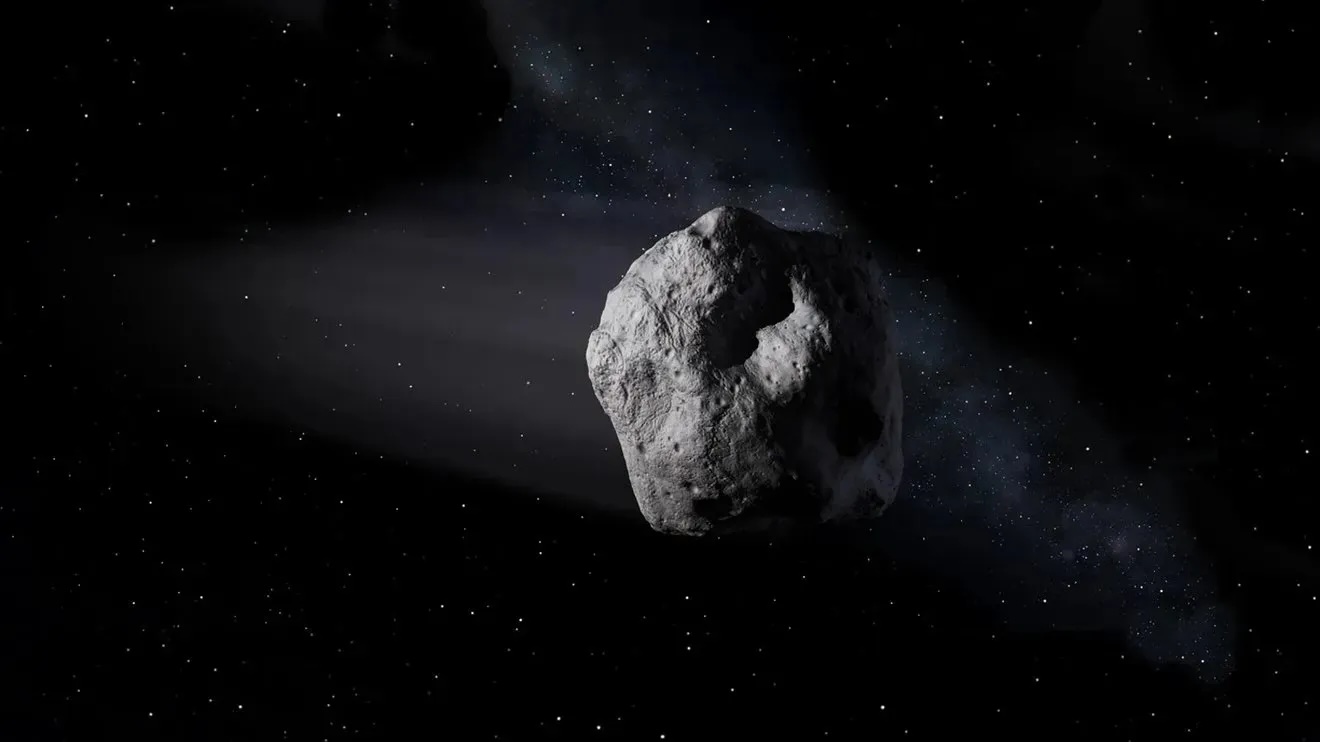When you buy through link on our site , we may realize an affiliate commission . Here ’s how it work out .
A " city - killer " asteroid has just made its close approaching to Earth since criminal record began , sail safely past our satellite at more than eight times the modal aloofness between Earth and the moonlight . Despite being sort as " potentially wild , " the mammoth space rock’n’roll stick no threat to our major planet . But for the first time ever , it will be visible via recreational telescopes over the next three nights ( April 15 - April 17 ) .
The hefty asteroid , named 2013 NK4 , is around 2,000 fundament ( 610 meters ) wide , make it about twice the sizing of the " god of topsy-turvyness " asteroid Apophis , which willmake a superclose coming to Earthin 2029,EarthSky reported .

The outer space rock made its closest attack to Earth at 10:50 a.m. EDT Monday ( April 15 ) , when it pass on around 2 million miles ( 3.2 million kilometers ) from our major planet , according toNASA ’s Jet Propulsion Laboratory ( JPL ) . At the time , it was traveling at around 37,000 mph ( 59,000 km / heat content ) .
The asteroid isbig enough to destroy a heavy cityand cause serious environmental impacts if it were to dash into Earth . According toNASA ’s calculations , the space rock and roll will in all likelihood never get anywhere close impacting Earth . However , due to its size and proximity to our planet , it is still weigh apotentially hazardous asteroid .
While the asteroid poses no menace to Earth , its tight approach is still of great pastime to stargazer , who are presently tracking the infinite rock with radio telescopes . They hope to charm specialized radar images , roll in the hay as delay - Doppler image , which should help throw off more lighting on the asteroid ’s size of it and shape .

Related:‘Planet killer ' asteroids are hide out in the sun ’s limelight . Can we stop them in metre ?
But you do n’t have to be a professional uranologist to take a peep at this infinite rock music . The asteroid will be visible to anyone with adecent uranology telescopeuntil April 17 . However , due to its orientation proportional to Earth , the asteroid will be most clearly visible on April 16 and April 17 , according to EarthSky . you’re able to find out where it will be in the sky by usingTheSkyLive.com .
2013 NK4 orbits the sunshine every 378 mean solar day on an elliptical orbit , harmonize to EarthSky.com .

Since it was first discovered in 2013 , the asteroid has made 11 tightlipped approaches to our planet and will return for another , more distant flyby on April 23 , 2025 , according to theJPL Small - Body Database . However , 2013 NK4 has never been recognize nigh enough to be escort with a backyard telescope .
— NASA ’s most wanted : The 5 most dangerous asteroids in the solar arrangement
— What ’s the smallest known asteroid ? What about the largest ?

— The 8 most Earth - shatter asteroid discoveries of 2023
pretending of the asteroid ’s trajectory , which retraced the space rock ’s orbit around the Lord’s Day as far back as 1900 , also show that this is the asteroid ’s closest approach in at least 125 year . However , the same pretending show that it will make an even close approach to Earth in 2055 , when it will pass on a minimum distance of around 1.3 million miles ( 2.1 million kilometre ) from our major planet — or less than six meter the modal space between Earth and the moon .
So , if you require to see this mammoth blank space rock for yourself , ensure to head outdoors over the next few night . Cross your fingers for clean skies , because you wo n’t get another chance to blemish it for more than 30 years .














